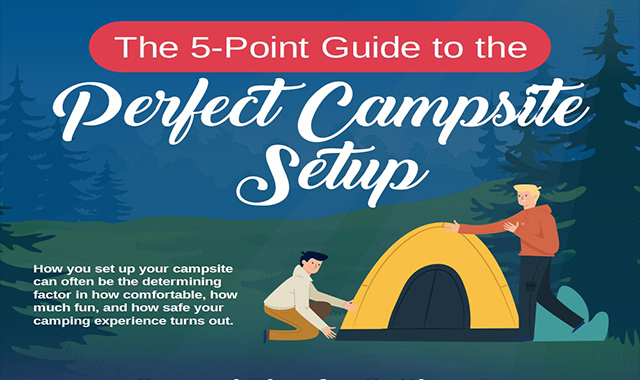Range jacks are essential to secure camping tent stove usage, keeping cold air, rain, snow, pests and even flammable combustible products out of the camping tent. But, they're not without their challenges. Continue reading to learn about usual mistakes campers make when suitable their range jacks, and just how you can avoid them at your camping site.
Product Compatibility
When looking for a range jack, see to it it is made from heat-safe products. The textile utilized to make the jack must likewise be durable and breathable, which will help to keep the outdoor tents cozy and completely dry when it's in use.
Once you have actually located a cooktop jack that works with your camping tent, it's time to choose where you want to install it. Generally, it's ideal to position the oven in the center of the tent to help maintain all locations warm and cozy, yet it's important to stay clear of putting it directly up against a camping tent wall since this is a fire threat. Additionally, think about how easy it will certainly be to reach your oven when refueling and cleaning up in the middle of the evening.
Oven jacks are quite simple outdoor camping equipment, but they are incredibly critical for securely using an outdoor tents oven in any weather condition. By putting in the time to select the correct dimension and properly install your oven jack, you'll be good to go for a comfortable outdoor camping experience!
Range Pipe Diameter
The dimension of your range pipeline is very important to guarantee correct airing vent and to avoid a fire threat. A little size pipe will function fine in the majority of camping tents, yet a larger one should be utilized with a heavier-duty canvas tent or a Tipi.
When it involves identifying the ideal positioning of your stove, the facility of the tent is usually the very best selection. This will certainly assist maintain the entire outdoor tents warm while decreasing the potential for smoke to leakage around the edges. It additionally helps protect against warmth from blowing away from the cooktop and into flammable materials like walls or ceilings.
When it involves wall and flooring protection, NFPA calls for a minimum of 36" of clearance from flammable walls. This can be lowered by using an oven shield and a single-wall stovepipe with a protected thimble (if going into the ceiling, attic or roof covering). Always consult your woodstove supplier's owner's handbook to learn more regarding proper installment.
Range Pipeline Length
Apart from not being straight up against the wall of the camping tent (where maybe a fire hazard) there isn't truly an incorrect place for a range jack. It's breathability simply a matter of preference, relying on how simple it will certainly be to reach for refueling and exactly how close it will certainly be to the entrance of your outdoor tents.
However, if you install your pipeline too far out from the oven, cool air and rain will certainly be able to blow in around the outside of the pipeline. This isn't excellent, as it will make beginning your cooktop and maintaining an excellent draft hard.
To determine how much flue you'll require, measure the distance from where your camping tent's cooktop will sit to your chimney opening. After that subtract two inches due to the fact that each area of pipe overlaps. The number you get is the amount of pipe you'll require to acquire. Thankfully, setting up oven pipelines isn't tough and requires marginal devices.
